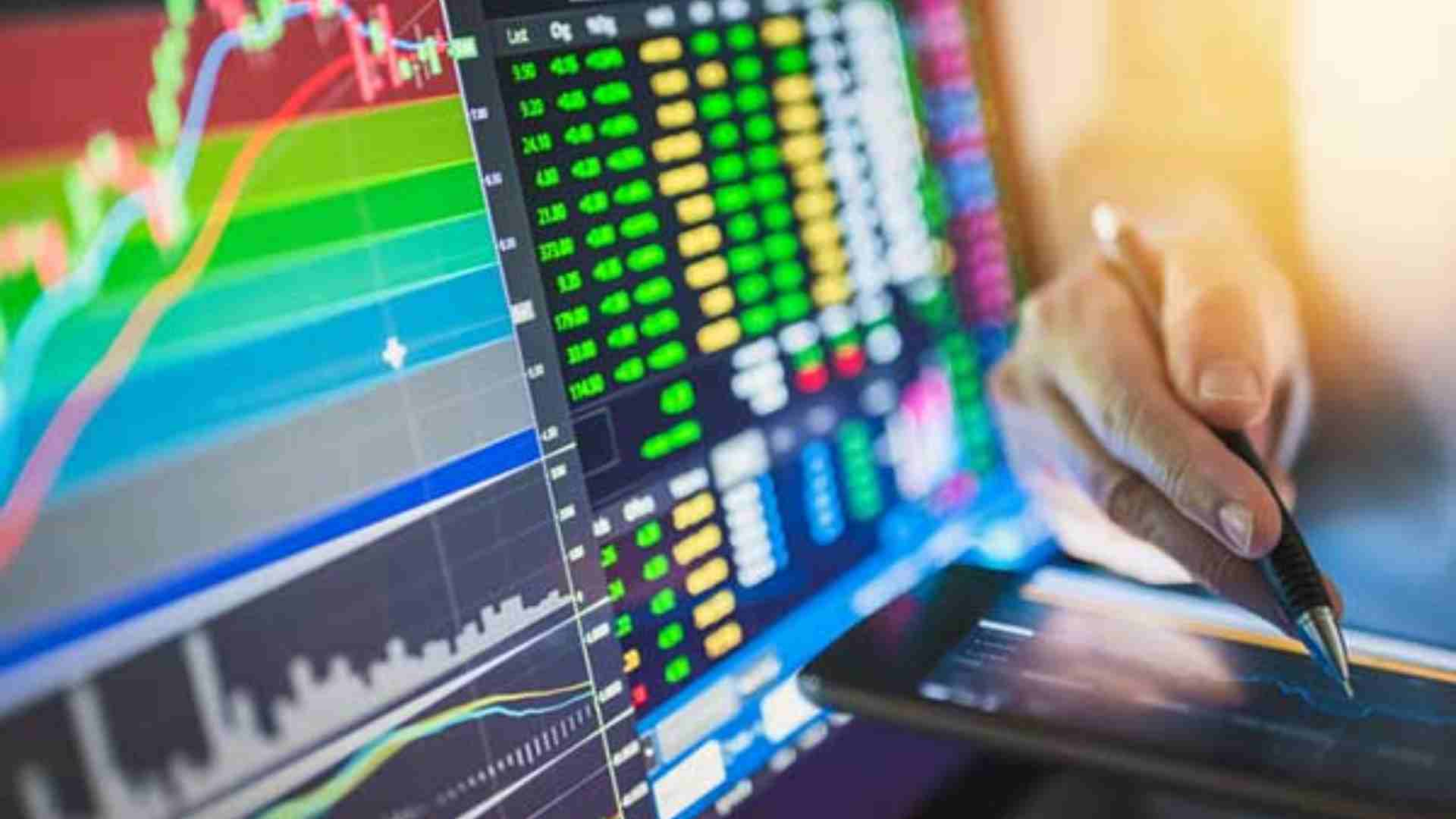Improving Investment Forecasts Through Rational Expectations

Investing often feels like predicting the weather—everyone’s got an opinion, but accuracy is elusive. Rational expectations theory offers a sharper lens, focusing on how investors use available information to anticipate market shifts. By blending this theory into forecasting, we can better navigate the financial landscape, making predictions that aren’t just educated guesses but strategic insights. Leverage expert knowledge via Serendipity Paragon to refine your investment forecasting techniques.
Rational Expectations Theory: A Closer Look at Economic Forecasting
Imagine a game where everyone knows the rules, and each player anticipates the next move based on what others might do. That’s the essence of rational expectations in economics. This theory suggests that people make predictions based on all available information, including an understanding of economic policies and how they might play out.
Rather than guessing or relying on past trends, they make informed, educated guesses. Think of it as planning your day based on both the weather forecast and your knowledge of local traffic patterns—you’re combining what you know with what you expect.
Now, how does this apply to economic forecasting? Traditional models often rely on historical data, assuming that past trends will continue. But rational expectations add a layer of sophistication. By considering how people might change their behavior in response to new policies or economic conditions, forecasts can become more accurate.
This approach can be especially useful when trying to predict market movements or the impact of a new government policy. It’s like trying to predict the score of a game by not just looking at past scores but also understanding how the teams might adapt their strategies based on new rules or player conditions.
Of course, no model is perfect. Critics argue that rational expectations assume a level of knowledge and rationality that not everyone possesses. People might not always act in their best economic interest, or they may be swayed by emotions, misinformation, or sudden events. But by incorporating rational expectations into economic forecasting, analysts can create more dynamic, responsive models that better reflect the complexities of real-world markets.
Integrating Rational Expectations into Investment Models
Picture a chess game where you’re not only thinking about your next move but also trying to anticipate your opponent’s response. This strategic thinking is similar to how rational expectations can be integrated into investment models. By considering how other investors might react to new information, your forecasts can become more strategic and less about guesswork.
Traditional investment models often rely heavily on historical data, looking at past performance to predict future outcomes. But markets are not just numbers on a chart—they’re made up of people, all making decisions based on what they think might happen next.
This is where rational expectations come in. By integrating this theory, investment models can start to account for how investors might react to changes in economic policy, new technologies, or even global events. Instead of just looking backward, these models start to look forward, considering the possible reactions and adjustments investors might make.
For example, if a government announces a new tax policy, a traditional model might simply project the direct economic impact based on past similar events. But with rational expectations, the model would also consider how investors might change their strategies in response—perhaps moving their money to different sectors or countries. This forward-looking approach can provide a more nuanced and accurate forecast, helping investors make better-informed decisions.
But it’s not without challenges. Integrating rational expectations into investment models requires more than just crunching numbers. It involves understanding investor psychology, market dynamics, and even global politics. It’s a complex puzzle, but one that, when solved, can lead to more accurate and actionable investment strategies.
Behavioral Insights: Understanding the Human Side of Forecasting
Imagine you’re driving a car and see a sudden roadblock. What do you do? You might quickly change lanes, hit the brakes, or even take a detour. This is a bit like how human behavior impacts financial markets—often unpredictable, but always responsive to new information. While rational expectations offer a structured way to predict market movements, they sometimes overlook the messy, emotional, and often irrational side of human behavior.
People don’t always act like perfectly rational robots. Investors, for instance, might panic sell during a market dip or hold onto a losing stock because of emotional attachment. Behavioral insights dive into these patterns, helping us understand why people make the financial decisions they do. By considering these human elements, we can create forecasts that are not only based on logic but also on the real, sometimes illogical ways people behave.
Take, for example, the concept of “herd behavior,” where people follow the crowd even if it goes against their best interests. During the dot-com bubble of the late 1990s, many investors poured money into tech stocks because everyone else was doing it, ignoring signs that the market was overheating. Behavioral insights help us recognize these patterns and factor them into our forecasts.
Conclusion
Rational expectations can transform how we forecast investments, moving from mere speculation to informed strategy. While the human element adds unpredictability, combining rational expectations with behavioral insights offers a balanced approach. This fusion helps investors make smarter decisions, turning uncertainty into opportunity in the ever-fluctuating world of finance.
